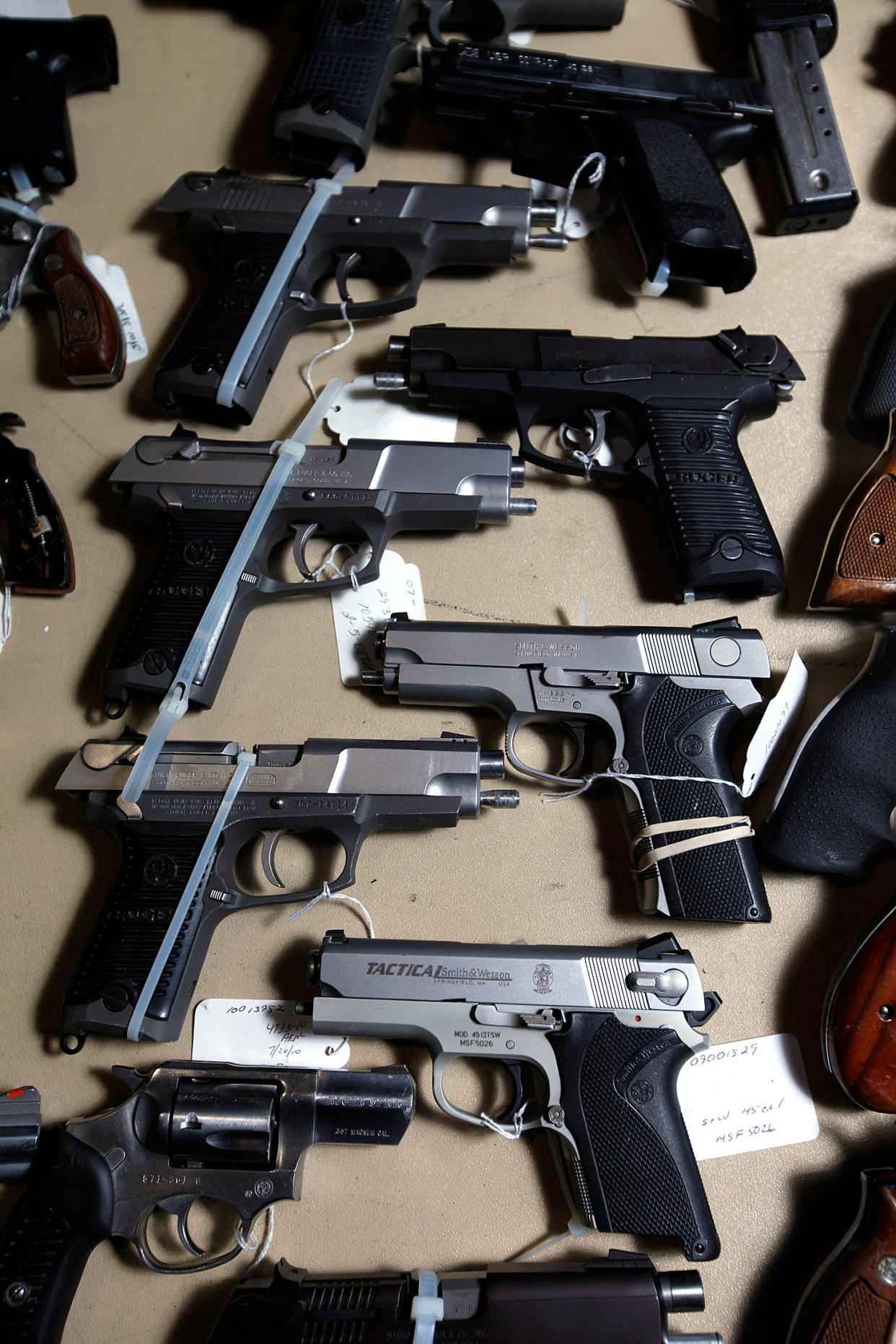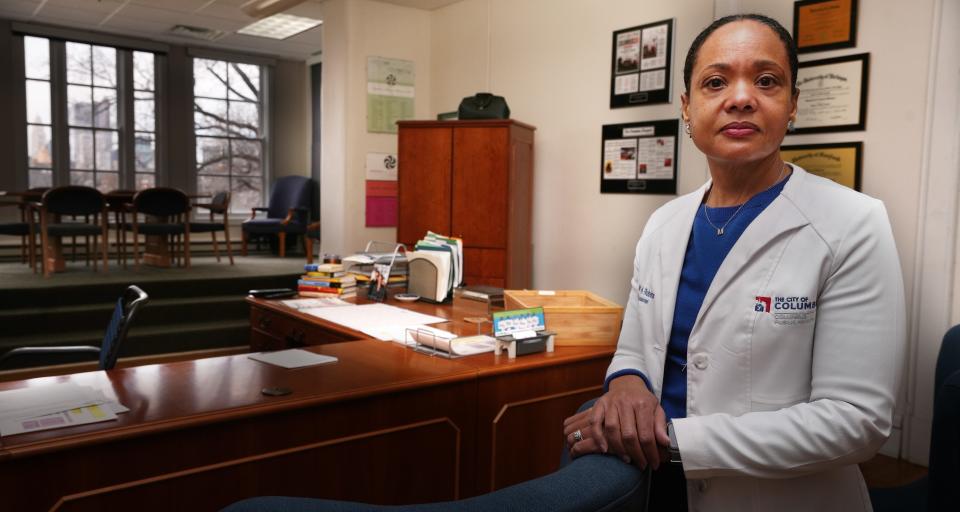Columbus declared gun violence a public health crisis in 2022. What's changed since then?

More than a year after Mayor Andrew J. Ginther announced that Columbus was declaring gun violence a public health crisis in the nation's 14th-largest city, new programs have been implemented and millions of dollars invested in attempts to make the city a safer place.
Police strategies have included ramped-up operations in high-crime neighborhoods followed by social service offerings, as well as augmented, high-tech partnerships with federal authorities like the Bureau of Alcohol, Tobacco, Firearms and Explosives (ATF).
But calling for a new approach to a systemic problem like gun violence has meant new and different roles for other partners throughout the community.
What does declaring gun violence a public health crisis mean?
Columbus Public Health Commissioner Dr. Mysheika Roberts said the mayor's declaration of gun violence as a health crisis has effectively tasked her office with leading efforts to combat it. Roberts said her vision is a data-driven approach to tackling gun violence where outcomes are carefully measured and strategies are studied that have been proven to work in other cities for possible duplication in Columbus.
Over the past year, Columbus Public Health has been busy holding fact-finding sessions on the issue and promoting new programs offering residents wraparound services.

But Roberts is not working on this alone. City Council has passed controversial gun control legislation and Ginther created a new Office of Violence Prevention that will have people from across different areas of city government and community partners working together. The office is one of only a handful of its kind nationally, and believed to be the only one in Ohio.
"Sometimes we operate in silos," Ginther said. "The most effective way to reduce violence is prevention, intervention and enforcement — collaborating across departments and partners to make sure we’re doing things that are working and stop doing things that aren't."
Has the city seen any improvements since this change?
Columbus officials said the numbers speak for themselves. The city saw a 33% decrease in homicides and a nearly 17% decline in felonious assaults from 2021 to 2022.
As of April 24, there had been 387 felonious assaults in the city, including 292 non-fatal shootings, according to Columbus police data.
In 2022, there were 1,281 felonious assaults in the city, the vast majority of which involved people being shot, according to police data. And 126 of the city’s 140 homicides last year involved someone being killed with a gun.
The year before, when a record number of people were killed in Columbus, guns were used in 191 of the 205 homicides, or 93% of the time.
However, at this point in 2023, the numbers of homicides and felonious assaults are on pace to surpass those reported last year and in 2020, the second-deadliest year in Columbus' history. While the number of homicides is still below what was reported at this point in 2021, the deadliest year ever in Columbus, the numbers remain well above what they were before the COVID pandemic.
As of April 25, there had been 53 homicides in the city in 2023. At the same point in 2022, there had been 36. In 2021, there had been 62 and in 2020, there were 33.
Deputy Police Chief Smith Weir acknowledged it may be unrealistic to expect that the annual homicide rate would ever return to pre-pandemic levels in a growing city like Columbus. But he still said it's realistic to expect it to fall from where he said it's hovered around 14 or 15 per 100,000 people, to below 10.
"If we can get the right people off the street, it takes the temperature down a little bit on some of the situations that might be going on in the neighborhood that are escalating," Weir said. "We talk about numbers and homicides and it becomes very impersonal, and at the end of the day one homicide is too many."
bbruner@dispatch.com
@bethany_bruner
This article originally appeared on The Columbus Dispatch: What's changed since Columbus made gun violence a health crisis?

